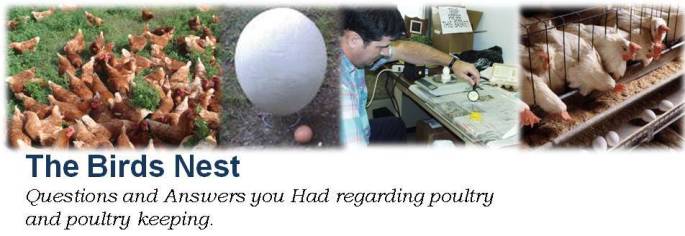George Santayana
 |
| source: USDA |
It
has been quite a year. I am reminded of
the fact that many of our current trends of systems for producing eggs are
directly tied to production systems developed prior to the First World War. Many of the problems that we saw in those
times are being experienced now by producers.
In order to feed nine billion people by the middle of the century, we
will need to develop improvements in all poultry production systems to become
more efficient. Nutrition, genetics, housing,
healthcare and flock management should all be reviewed and improved upon where
needed in order to make the production of food as efficient as possible. This will need to take some investment and
some support by producers and consumers alike if we are to be successful. Time will tell.

